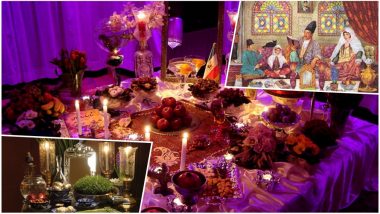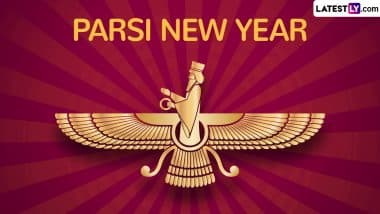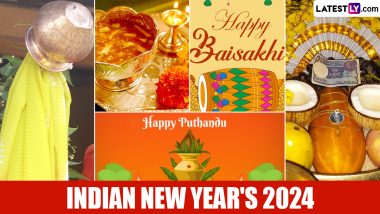Nowruz also called Navroz (pronounced “no-rooz”) literally means ‘New Day,’ marks the end of the old year and the beginning of a new one. Occurring on the day of the vernal equinox (ceremonially falling on March 21), Nowruz is the Iranian New Year also known as Persian New Year. The United Nations formally recognized Nowruz as an international holiday in the year 2010. So, what is Nowruz 2018 date? Well, it will be celebrated on March 21, Wednesday worldwide. What do we know about this ancient Iranian festival of spring that brings hundreds of thousands of Iranians along with ethnolinguistic groups together? From Haft-Seen, the traditional table-top arrangement of seven symbolic items to Navroz Mubarak wishes, here is everything from the significance, customs and traditions behind the great Nowruz celebrations.
On Which Date Nawroz 2018 Will be Celebrated?
Nowruz 2018 will be celebrated on March 21. In fact, the International Nowruz Day is also commemorated on the same date by the United Nations General Assembly since 2010. Considered the most important national holiday in Iran, Nowruz takes place on or around the time of the March equinox, which usually happens from March 19 to 21. This year, it will fall on Wednesday, March 21 (Nowruz 2018 in India will be at 9:45 pm IST on Tuesday, March 20).
Nowruz marks the beginning of spring in the northern hemisphere. It marks the first day of the first month Farvardin of the Solar Hijri calendar, the official calendar of Iran. The day of Nowruz celebrations is calculated as the sun crosses the celestial equator thereby equalizing the length of day and night exactly every year.
In Which Part of The World Nowruz Will be Celebrated?
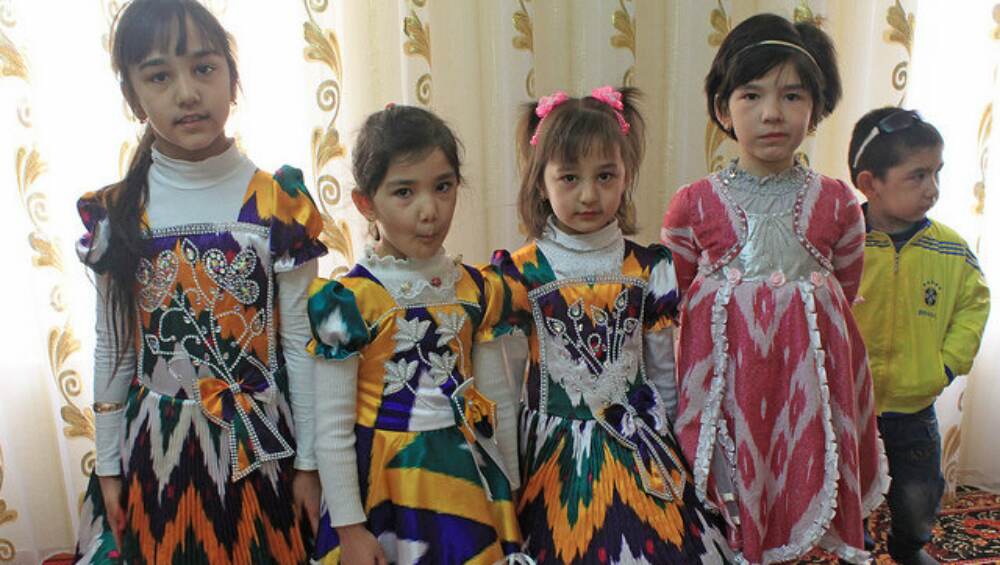
Nowruz is widely celebrated by Iranians and non-Iranians around the world. In Iran, first to the fourth day of Farvardin (usually March 21 to March 24) are officially declared public holidays, however, Nowruz celebrations last for two weeks. Tradition settings of Haft-Seen, painting huge eggs, and Amu Nowruz sightings are a part of grand Nowruz celebrations in Iran.
Apart from festivities in Iran, countrymen in Afghanistan, Albania, Azerbaijan, the Former Yugoslav Republic of Macedonia, Kazakhstan, Kyrgyzstan, Tajikistan, and Turkmenistan also celebrate observe Nowruz with fun fervour. Parsis in the Indian subcontinent, Kurdish people in Iraq and Turkey also celebrate Nowruz with a lot of enthusiasm. Not just these countries, Nowruz just like Christmas has become a festival to be celebrated by all, Iranian or from other religion.
What are the traditions of Nowruz?
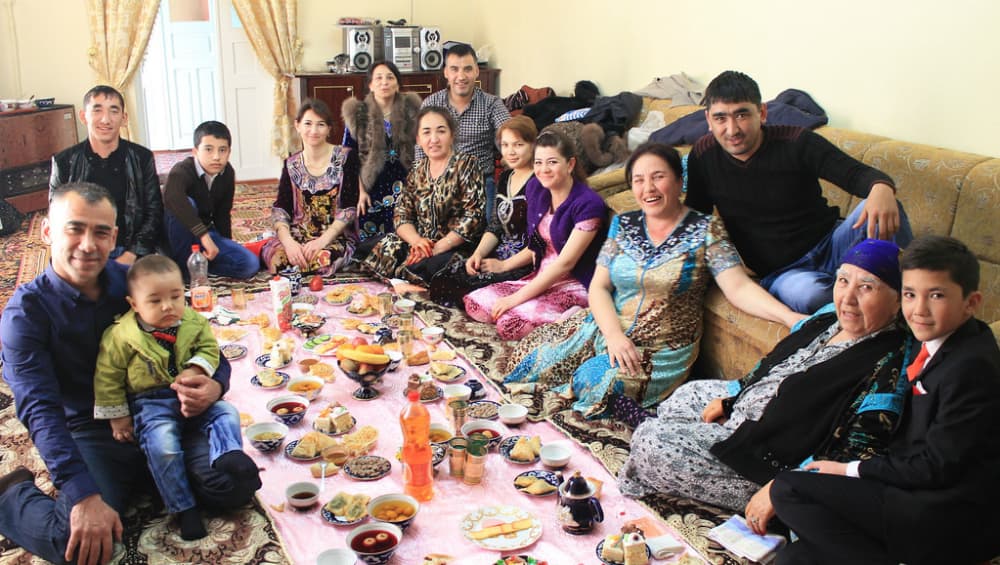
Spring Cleaning is an integral part of Nowruz celebrations. Iranians carry out the practice of "khooneh tekouni" meaning "shaking the house" right the Persian new year. This means a thorough household cleaning (from cleaning curtains, furniture, to removing old stuffs out) is done for the occasion of Nowruz.
Flower Decorations: They decorated the house with flowers especially Hyacinth and Tulips. Roses and Jasmines are used to decorate the windows. Iranians believe Nowruz is a feast of rebirth and rejuvenation and as it welcomes the New Year marking an end of frosty winters, blooming flowers will brighten up the atmosphere. Coloured powders are used to make rangolis especially in flowers and fish motif.
Wearing New Clothes: It is no surprise that new clothes are brought to welcome the New Year. After extensive cleaning and decoration of the house, the individuals ensure to don the best of attires and get ready for the occasion.
Giving Rewards or Eidi: The elders of the house give the younger members of the family, gifts or cash as a reward called ‘Eidi’. This token of love is seen as older members’ blessings and well-being upon the younger lots. At the family gatherings, everyone enjoys eating festive delicacies made of dried nuts, fruits, and sweetmeat, and indulge in singing happy songs.
What is Haft-Seen?
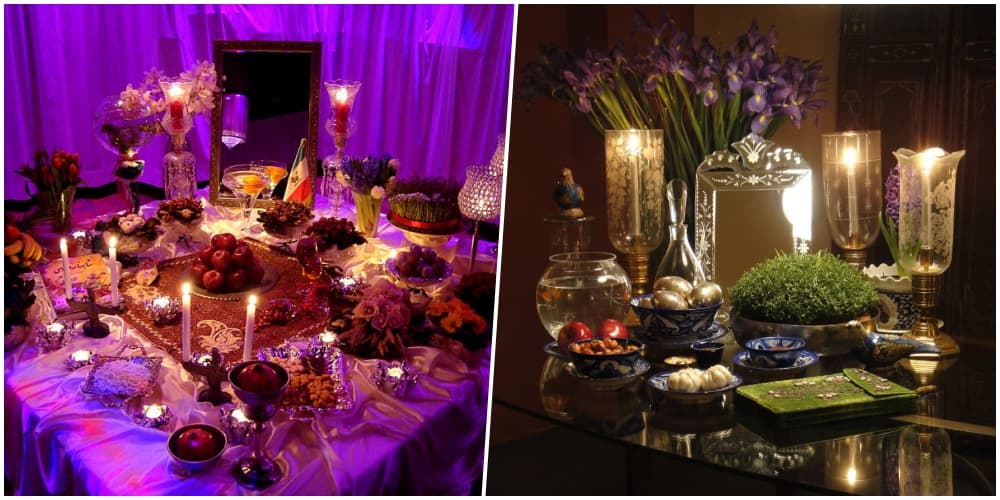
Haft-Seen also spelt as Haft Sin is a table-top arrangement of seven symbolic items traditionally displayed at Nowruz, the Iranian new year. It includes seven items beginning with Persian letter sin or "S" and representing the important culture of Persia. The seven items are –
Sabzeh: Wheat, barley, mung bean or lentil sprouts growing in a dish. It represents "Rebirth".
Samanu: Sweet pudding made from wheat germ representing "Wealth and abundance".
Senjed: Dried Persian olive representing "Love".
Seer: Garlic representing "Medicine and good health".
Seeb: Apple representing "Beauty and health".
Somāq: Sumac, it's a Persian spice representing "Sunrise" or "light overcoming darkness".
Serkeh: Vinegar, representing "Age and patience".
Apart from the above seven items, Haft-Seen also has other important items such as a holy book, usually Qur'an or Avesta believed to guard their lives, Divan-e Hafez, or The Shahnameh; Iranian poetry books, a mirror (symbol of purity, honesty and reflection) with two candles, a goldfish in a glass bowl, a lamp, painted eggs, a bowl of water, wheat or bread, hyacinth flower, some traditional confectioneries like Shirini nokhodchi or Nan-e Berenji, and some candies and more hyacinth flowers.
Significance of Nowruz Celebrations
According to United Nations, Nowruz is an ancestral festivity promoting values of peace and solidarity between generations and within families as well as reconciliation and neighbourliness, thus contributing to cultural diversity and friendship among peoples and different communities. Nowruz is considered a global festival after it was officially recognized and registered on the UNESCO List of the Intangible Cultural Heritage of Humanity.
(The above story first appeared on LatestLY on Mar 19, 2018 10:16 PM IST. For more news and updates on politics, world, sports, entertainment and lifestyle, log on to our website latestly.com).













 Quickly
Quickly








